Area 2,248.39 km2 Population 1.27 million (2000) | ||
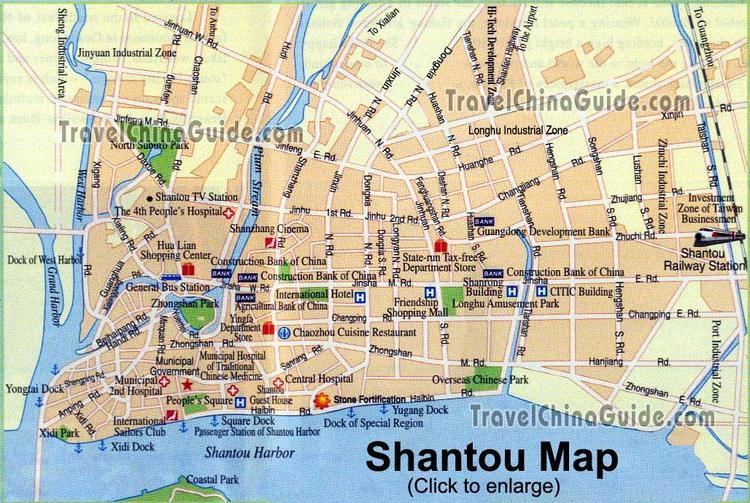 | ||
Colleges and Universities Shantou University, Shaluet College, Ash Theological Seminary | ||
Country Peoples Republic of China | ||
Map of Shantou
Shantou, formerly romanized as Swatow and sometimes known as Santow, is a prefecture-level city on the eastern coast of Guangdong, China, with a total population of 5,391,028 as of 2010 and an administrative area of 2,064 square kilometres (797 sq mi). Shantou has direct jurisdiction over six districts and one county, and the six urban districts of Shantou have a population of 5,330,764. With it and the surrounding cities of Jieyang and Chaozhou, the metropolitan region known as Chaoshan covers an area of 10,404 km2 (4,017 sq mi), and had a permanent population of 13,937,897 at the end of 2010. It's built up area spread of 11 districts was home to 11,635,577 inhabitants at the 2010 census.
Contents
- Map of Shantou
- Shantou teochew chiuchow olive harvesting jrnc163
- Green tree inn shantou tianshan road
- History
- Geography
- Climate
- Administration
- Economy
- Development zone
- Demographics
- Culture and lifestyle
- Religions
- Health
- Utilities
- Telecommunications
- Urban transport
- Air
- Railways
- Tourism attractions
- Media
- Education
- Primary and secondary
- Colleges and universities
- Sports
- Twin towns sister cities
- Prominent people
- Entrepreneurs
- Entertainment
- Other
- References
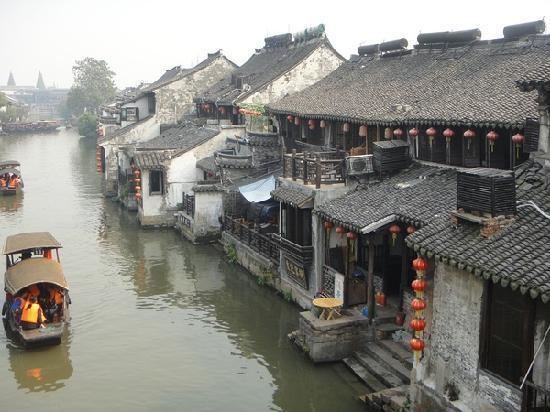
Shantou, a city significant in 19th-century Chinese history as one of the treaty ports established for Western trade and contact, was one of the original Special Economic Zones of the People's Republic of China established in the 1980s, but did not blossom in the manner that cities such as Shenzhen, Xiamen and Zhuhai did. However, it remains eastern Guangdong's economic centre, and is home to Shantou University, a member of the Project 211 group.
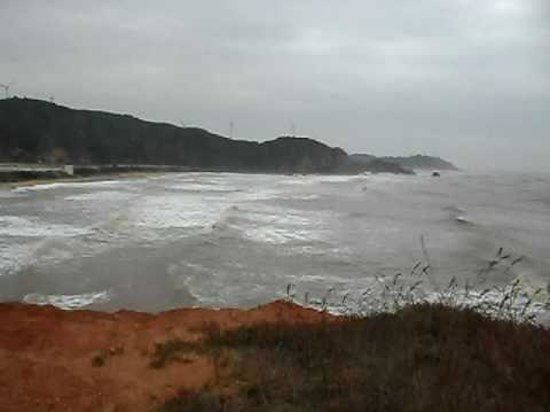
Shantou teochew chiuchow olive harvesting jrnc163
Green tree inn shantou tianshan road
History
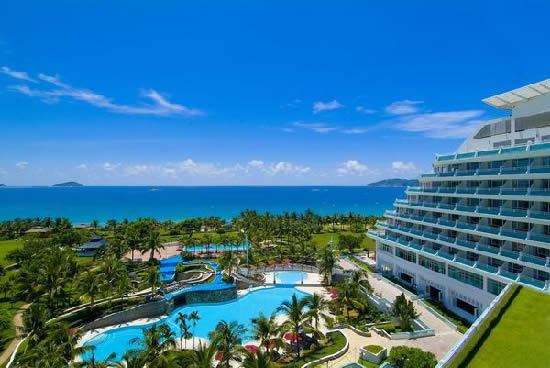
Shantou was a fishing village part of Tuojiang Du (鮀江都), Jieyang County (揭陽縣) during the Song dynasty. It came to be Xialing (廈嶺) during the Yuan dynasty. In 1563, Shantou was a part of Chenghai County (澄海縣) in Chao Prefecture (Chaozhou). As early as 1574, Shantou had been called Sha Shan Ping (沙汕坪). In the seventeenth century, a cannon platform called Shashantou Cannon (沙汕頭炮臺) was made here, and the placename later was shortened to "Shantou". Locally it has been referred to as Kialat.
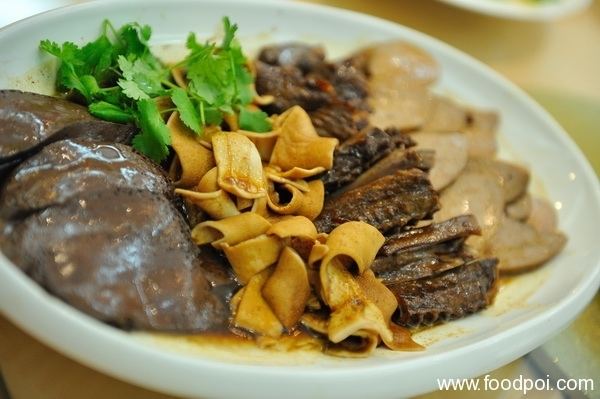
Connecting to Shantou across the Queshi Bridge is Queshi (礐石) which had been known by the local people through the 19th century as Kakchio. It was the main site for the American and British Consulates. Today the area is a scenic park but some of the structures are somewhat preserved from its earlier history. In 1860, Shantou was opened for foreigners and became a trading port according to Treaty of Tientsin.
It became a city in 1919, and was separated from Chenghai in 1921. 1922 saw the devastating Swatow Typhoon, which killed 5,000 out of the 65,000 people then inhabiting the city. Some nearby villages were totally destroyed. Several ships near the coast were totally wrecked. Other ones were blown as far as two miles inland. The area around the city had around another 50,000 casualties. The total death toll was above 60,000, and may have been higher than 100,000.
In the 1930s, as a transport hub and a merchandise distribution centre in Southeast China, Shantou Port's cargo throughput ranked third in the country. A brief account of a visit to the city in English during this period is the English accountant Max Relton's A Man in the East: A Journey through French Indo-China (Michael Joseph Ltd., London, 1939). On 21 June 1939, Japanese troops invaded Shantou. Japanese force occupied Shantou until 15 August 1945. The Communist People's Liberation Army captured Shantou on 24 October 1949, 23 days after the People's Republic of China founded.
With higher-level administrative authority, Shantou governed Chaozhou City and Jieyang City from 1983 to 1989.
Geography
Shantou is located in eastern Guangdong with latitude spanning 23°02′33″ – 23°38′50″ N and longitude 116°14′40″ – 117°19′35″ E; the Tropic of Cancer passes through the northern part of the city, and along it there is a monument, in fact the easternmost in mainland China, at 23°26′33″N 116°35′20″E. The highest peak in the city's administration is Mount Dajian (大尖山) on Nan'ao Island, at 587 m (1,926 ft); the highest peak on the geographic mainland is Mount Lianhua (莲花山), at 562 m (1,844 ft) in Chenghai District. The city is located at the mouths of the Han, Rong (榕江), and Lian Rivers.
Shantou is 187 miles (301 km) north of Hong Kong.
Climate
Shantou has a monsoon-influenced humid subtropical climate (Köppen Cfa), with short, mild to warm winters, and long, hot, humid summers. Winter begins sunny and dry but becomes progressively wetter and cloudier. Spring is generally overcast, while summer brings the heaviest rains of the year though is much sunnier; there are 8.2 days annually with 50 mm (1.97 in) of rainfall. Autumn is sunny and dry. The monthly 24-hour average temperature ranges from 13.8 °C (56.8 °F) in January to 28.3 °C (82.9 °F) in July, and the annual mean is 21.53 °C (70.8 °F). The annual rainfall is around 1,630 mm (64 in), about 60% of which occurs from May to August. With monthly percent possible sunshine ranging from 28% in March to 58% in July and October, the city receives 1,979 hours of bright sunshine annually.
Administration
Shantou is a prefecture-level city. It has direct jurisdiction over six districts and one county.
As of 2003, the district of Haojiang was established out of Hepu and Dahao which had been merged, and the district of Jinping Shengping and Jinyuan; Waisha and Xinxi Town, part of former Chenghai City, was merged into Longhu District; Chenghai City became Chenghai District; Chaoyang City was divided and became Chaoyang and Chaonan District respectively.
Economy
Shantou's economy is medium by Guangdong standards. Manufacturing accounts for a large and increasing share of employment. Canning, garments, lithography, plastic, and toys are some of the principal products. Toy manufacturing is the city's leading export industry, with 400 million U.S. dollars worth of exports each year.
Guiyu, a populous town in Chaoyang District, is the biggest electronic waste site on earth. Health-environmental issues incurred have concerned international organisations such as Greenpeace.
In 2000, the biggest tax fraud in the history of the People's Republic of China was uncovered, estimated worthy of 32.3 billion yuan.
Development zone
With an area of 2.34 km2 (0.90 sq mi), Shantou Free Trade Zone lies at the south part of Shantou city. It was ratified by the State Council of the People's Republic of China and founded in January 1993, it formally came into use on December of the same year after its supervision installations are checked and accepted by the General Customs. It has been comprehensively developing export processing, storage, international trade, finance and information industry. Its goal is to establish a modernized international zone that is open to the overseas by drawing experience from international free trade zone.
Demographics
Shantou is one of the most densely populated regions in China. Former Chaoyang City was China's most populous county-level administrative region, with 2.4 million inhabitants.
Most residents are linguistically Teochew. There are also Hakka, popularly known as Half-Hakka (半山客), living mainly in Chaoyang District (潮陽區) and Chaonan District (潮南區), although they speak Teochew on a daily basis and practise Teochew culture. Thanks to the Mandarin-medium education system, most people, especially the younger generations, can speak Mandarin fluently. Thanks to Cantonese-language TV and labor migrations to the Pearl River Delta, Cantonese is widely spoken as a second or third language by the younger generations.
Governmental statistics show that 2.16 million overseas Chinese have roots in Shantou, with significant populations of Teochew people residing in Thailand and Cambodia. This is demonstrated by the unusually high number of international direct flights between Bangkok and Shantou. In addition, there are at least two Teochew-speaking air hostesses on board each China Southern flight between Shantou and Bangkok. The Teochew presence, furthermore, is evident in Singapore and Malaysia; Johor Bahru, a coastal city situated at the latter's southernmost tip, is known as 'Little Swatow'.
Culture and lifestyle
Shantou people share the same culture with other Teochew. The tea-drinking tradition widely practised in town is a classic instance. According to China Daily, Shantou people "drink more tea than anyone else in China, in total 700 million yuan (US$87.5 million) each year".
Religions
Most of the population in Shantou is non-religious or practices traditional folk religions, Buddhism, Taoist rites, or worship of gods and ancestors. About 2% of the population belongs to an organised religion, with 40,000 Protestants, 20,000 Catholics and 500 Muslims. St. Joseph's Cathedral of Shantou is the cathedral of the Roman Catholic Diocese of Shantou.
Health
The public hospitals in the Shantou metropolitan area are operated by the Government of Shantou. Management of these hospitals and other specialist health facilities are coordinated by Shantou Board of Health.
Utilities
Shantou's electricity is provided entirely by China Southern Power Grid, postal service operated by China Post.
Telecommunications
Shantou is one of the most important international telecommunications ports in China. Four international submarine communications cables land at Shantou submarine cable landing station, including APCN 2, China-US Cable Network, SMW3 and South-East Asia Japan Cable System (SJC).
China Telecom, China Unicom and China Mobile provide fixed lines, broadband internet access and mobile telecommunications services there.
Urban transport
Public transportation is provided by bus, ferry and taxi. Residents also travel by private car and autobikes.
A metro system is planned with construction of 3 lines (Lines 1, 2, and 3) commencing in 2018 and opening of the system planned in 2020.[1]
Air
Shantou previously had its own civil airport, Shantou Waisha Airport. It was formerly the main airport serving the Shantou until nearby Jieyang Chaoshan Airport was opened on 15 December 2011. Shantou Waisha Airport became a military airbase since then and all civilian flights were transferred to the newly built airport in Jieyang. Taxi is the usual way to travel between the airport and the city proper. The taxi fare is around 60 RMB.
Railways
There are 3 railway stations which serve Shantou: Chaoshan Railway Station and Chaoyang Railway Station which lie on the Xiamen-Shenzhen Railway line, and Shantou Railway Station which lies on the Guangzhou–Meizhou–Shantou Railway.
Tourism attractions
Media
In 1912 Swatow had four newspapers, all in Chinese. They were Han Chao Pao, Ming Chuan (People's Rights), Ta Fung Pao (The Typhoon), and Ta Tung Pao (Eastern Times).
Education
Education is overseen provincewide by the Guangdong Education Bureau.
Primary and secondary
Public primary and secondary schools provide education free.
A list of known schools:
Colleges and universities
Sports
Twin towns – sister cities
Shantou is twinned with the following cities:
Friendly exchanges:
Prominent people
Many famous Chinese come from Shantou or their ancestral home is Shantou.
